The Association of British Counties held its Triennial General Meeting in Tamworth, Staffordshire on Saturday 27th September 2025. We present highlights from what was a busy day with a packed programme.
The Association’s Chairman, Peter Boyce, discussed the local government changes happening in England as part of the Government’s devolution plans. The remaining areas of two-tier local government are to be replaced by single-tier unitary councils. Final decisions are yet to be taken by Government, but it looks likely that few of the current “county councils” will continue as the basis for new unitary councils. The future of local government in England looks set to be something like 165 unitary councils and, above them, around 30 ‘Strategic Authorities’, each with an elected mayor.

This would mean the final end of the local government system created in 1974 based around so-called “counties” and “county councils” – many of which made wholly inappropriate use of a real county’s name. As such, it would be a huge boost to those of us promoting the identities and importance of our historic counties. Overcoming the confusion of the real counties with local government “counties” has always been our main challenge. This could be about to become a whole lot easier.
As part of a wider celebration of county days, Denys Rayner, Chairman of Passion for Somerset, gave a presentation on the past, present and future of Somerset Day. Thanks to the hard work of Denys and his colleagues at Passion for Somerset, Somerset Day has become one of the largest and highest profile county days in the UK. Denys gave a fascinating insight into the effectiveness of the various ideas they had tried over the years. Particularly effective in 2025 had been the five BBC Somerset presenters who flew the county flag in as many breath-taking locations, or as far away from the county, as possible. Presenter Andy Bennett even managed to get the flag showcased in Times Square in New York. Plans for 2026 include the touring of the county by a huge dragon, with a view to getting as many children as possible involved in the county day celebrations.

Philip Walsh, Chairman of the Friends of Real Lancashire, gave a presentation on the history of Lancashire Day. First held in 1996, Lancashire Day is celebrated on 27 November, commemorating the day in 1295 when Lancashire first sent representatives to Parliament to attend the Model Parliament of Edward I. As with other successful county days, the event has grown in profile year on year due to the dedicated efforts of a small group of people. Many towns throughout the county host events on the day, most notably readings of the Lancashire Day Proclamation.
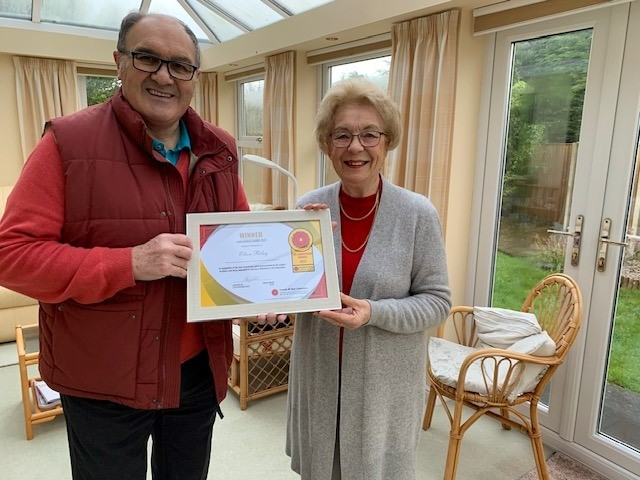
An important part of Lancashire Day is the announcement of the winners of the Lancastrian Awards, honouring individuals and organizations who embody the “Lancastrian spirit” through their contributions to the community, preservation of heritage, and overall efforts to make a difference in Lancashire.
Rupert Barnes, of the Historic Counties Trust, gave a presentation of the work he has been doing as part of the plans to celebrate the upcoming 1100th anniversary of King Athelstan uniting England in 927 AD, a project being led by the Royal Society of St George. The celebrations are due to be focussed around Eamont Bridge near Penrith. It was here in July 927 that Æthelstan held a meeting at which Constantine II of Scotland, King Owain of Strathcyle and others acknowledged him as their overlord. This event, occurring after Æthelstan had conquered the Viking Kingdom of York, is considered the first time a king was recognised as King of all England and as overlord of Britain.
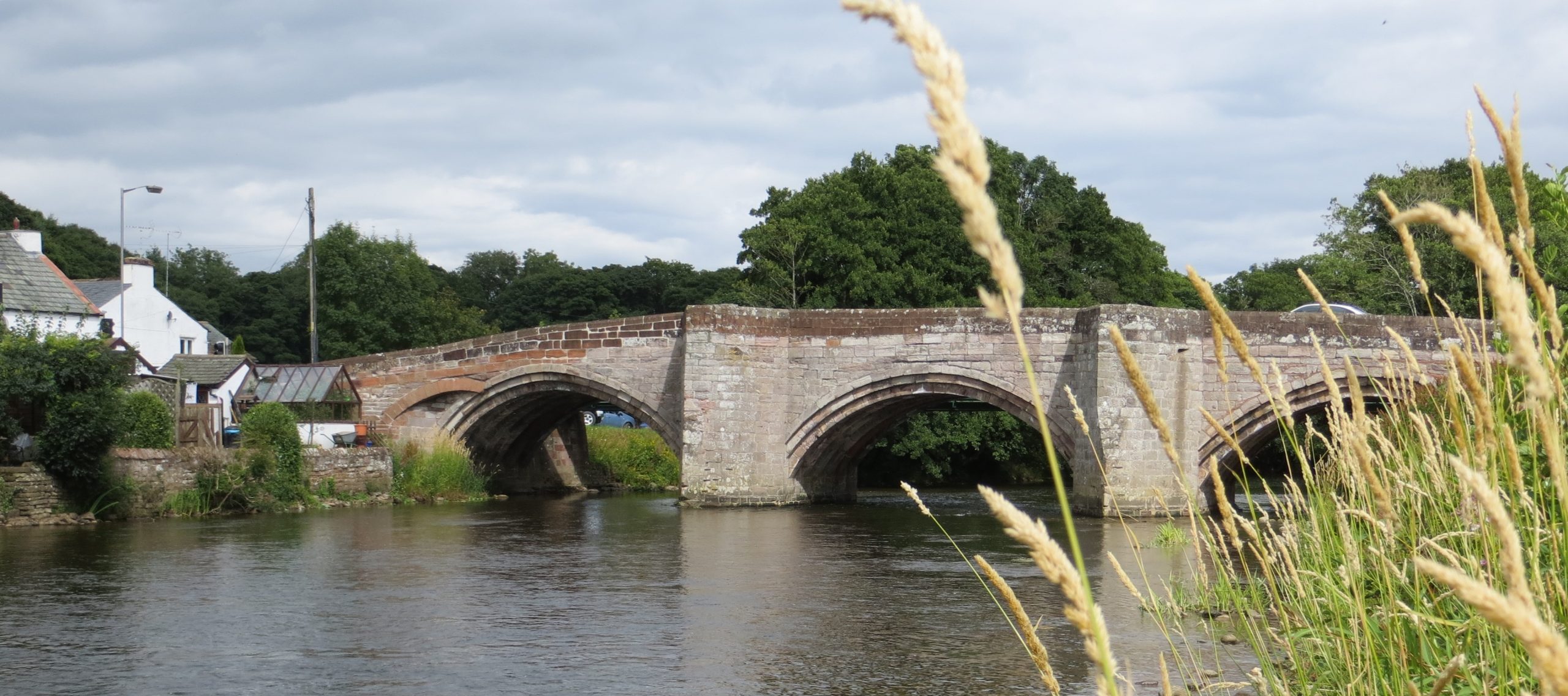
The River Eamont was the border between the kingdom of Strathclyde, the southern part of which evolved into Cumberland, and the north-west extremity of Athelstan’s England, an area which evolved into Westmorland. Rupert is seeking ideas for ways to recognise the distinct histories and cultures of the lands north and south of the river, rather than the whole area being blandly labelled as “Cumbria”.
Peter Boyce then described the Yorkshire Ridings Road Signs Project, the final talk of the day. The project, a joint venture between the Historic Counties Trust and the Yorkshire Ridings Society, aims to mark the external borders of Yorkshire and the internal Riding borders with road signs. The project is a continuation of work by Councillor Ross Patterson which has seen the County Durham / North Riding of Yorkshire borders marked with road signs on most crossing of the River Tees in the Stockton-on-Tees council area. Nigel Wilkin, of the Yorkshire Ridings Society, is also prominently involved in this work.
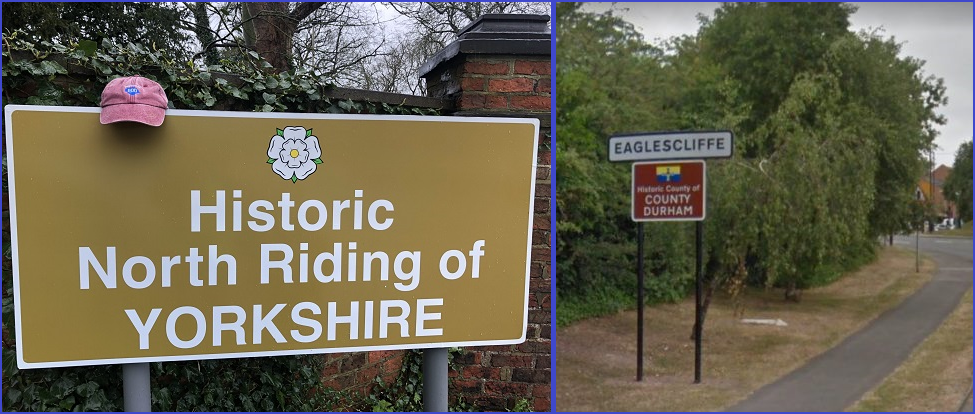
Further signs are due to be installed by County Durham Council shortly along crossing of the Tees in Upper Teesdale. Work is also progressing with North Yorkshire Council to see certain former district road-signs re-purposed as ridings signs. The intention is then to extend this work throughout the rest of Yorkshire and, ultimately, to other counties.
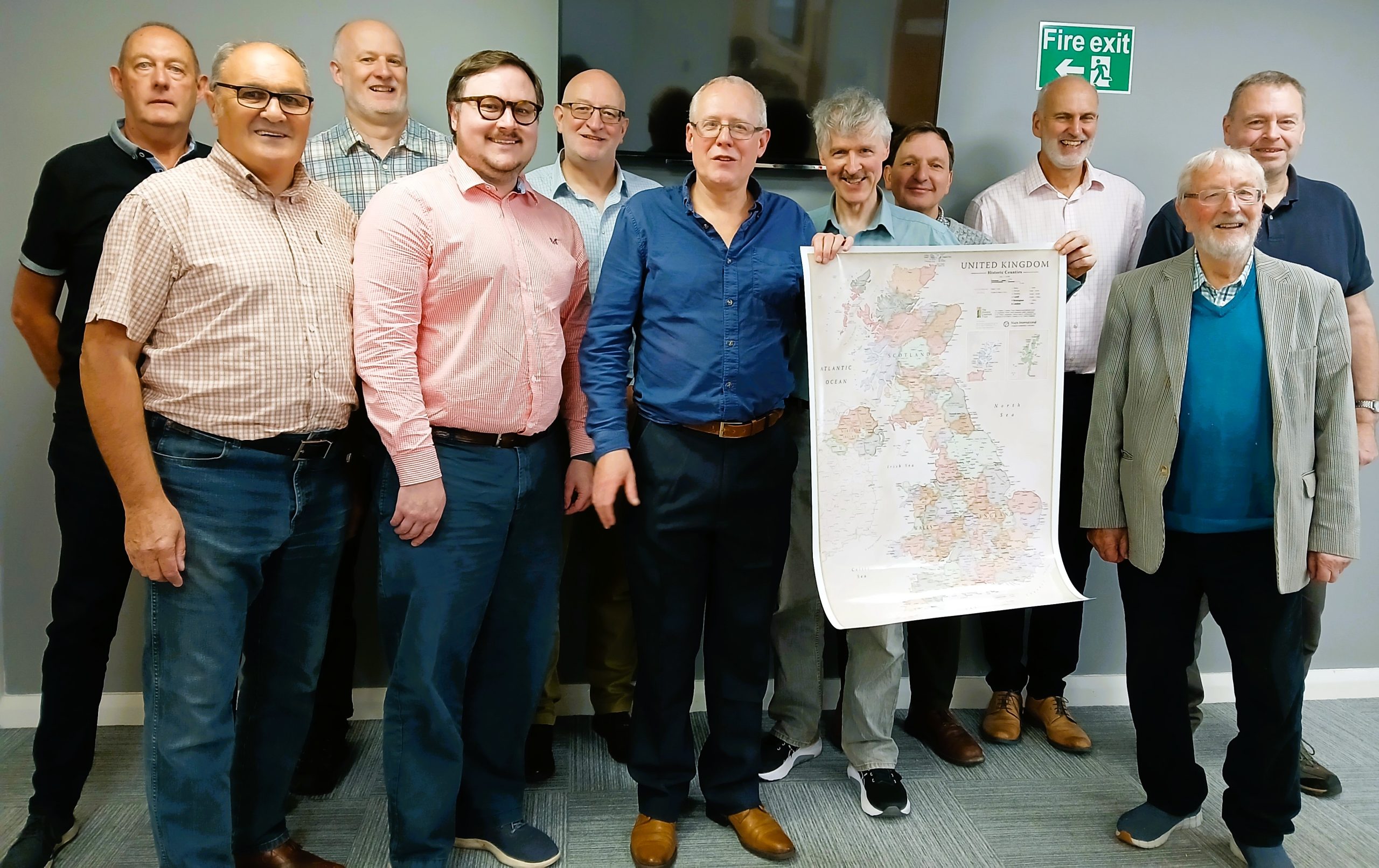
The banner image is of Tamworth Castle with the 1913 sculpture of Æthelflæd, the Lady of the Mercians, and her nephew Athelstan.
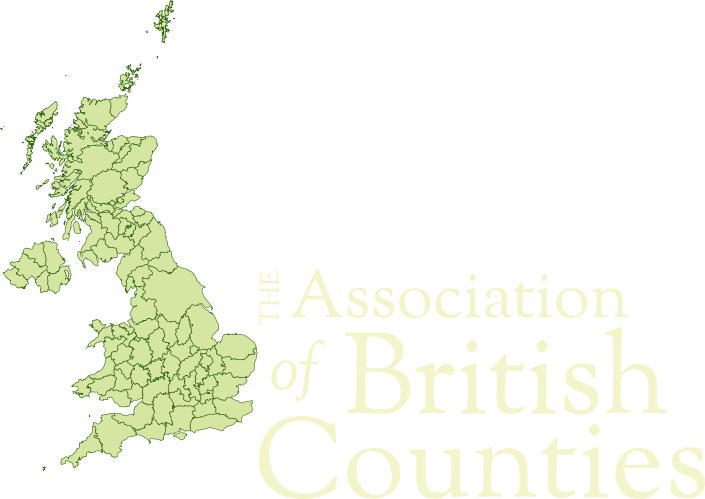
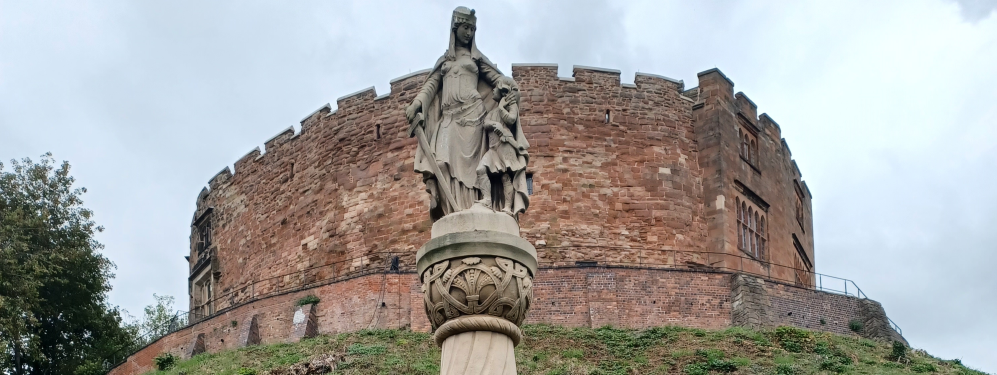
2 thoughts on “ABC’s Triennial General Meeting 2025”
A fantastic article. I have just turned 82 &, as somebody born & bred in the West Riding of Yorkshire, I would love to see the Riding signs erected at the historic boundaries before my demise which, hopefully, will be later rather than sooner! I travel fairly regularly from my home in Leeds to Glasgow via the A1M & the A66 from Scotch & am always annoyed by the Cumbria sign at Stainmore summit &, in the opposite direction, the County Durham sign – south of the Tees North Riding of Yorkshire & north of the Tees County Durham. Also, I would love to see Cumberland & Westmorland signs at Eamont Bridge. There are of course many other examples.
Keep up the good work!
‘Further signs are due to be installed by County Durham Council shortly along crossing of the Tees in Upper Teesdale. Work is also progressing with North Yorkshire Council to see certain former district road-signs re-purposed as ridings signs.’
Great news. Please can we install more ‘historic North Riding of Yorkshire’ signs along the south side of the Tees River in places like Romaldkirk, Mickleton and Holwick? The last named being very openly proud of its North Riding of Yorkshire roots. As we know, everything south of the Tees is not in County Durham in reality. Only by quango edict for local govt purposes.
I’d like to see a sign at the amazing High Force waterfall, shared between North Yorkshire and County Durham. I think the shared Tees River should be acknowledged as belonging to, and being a marriage of both great counties. I will be making a donation soon. Many thanks for your excellent work!